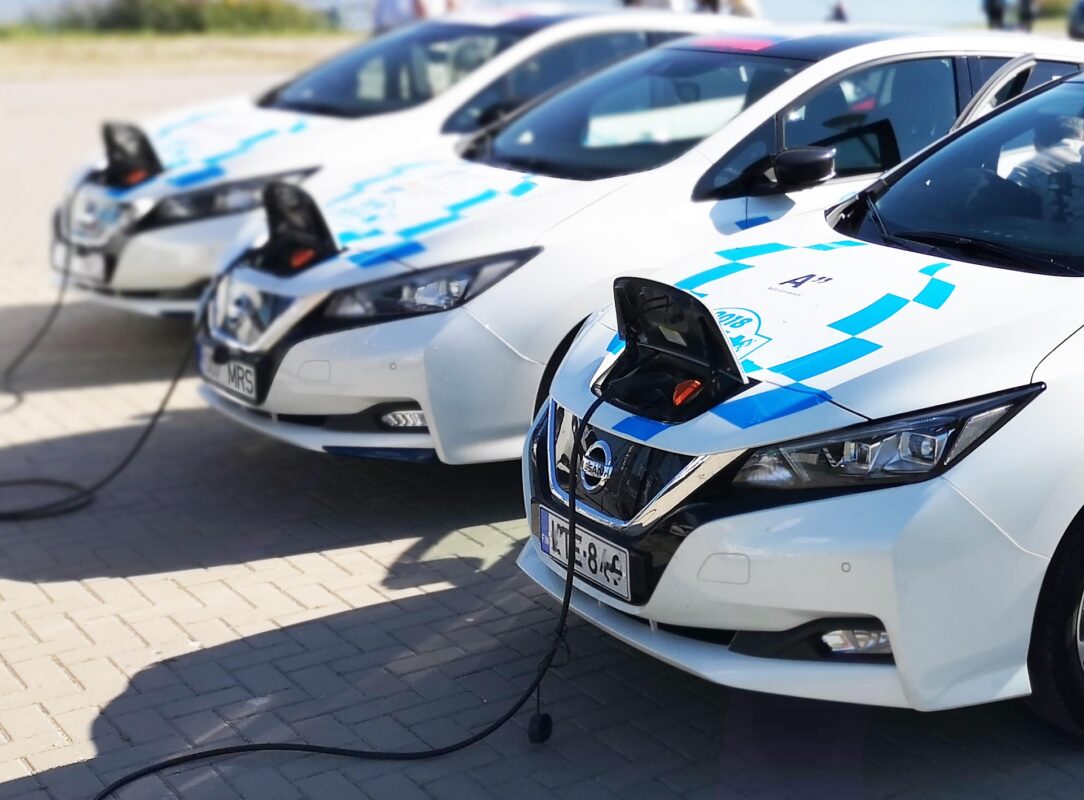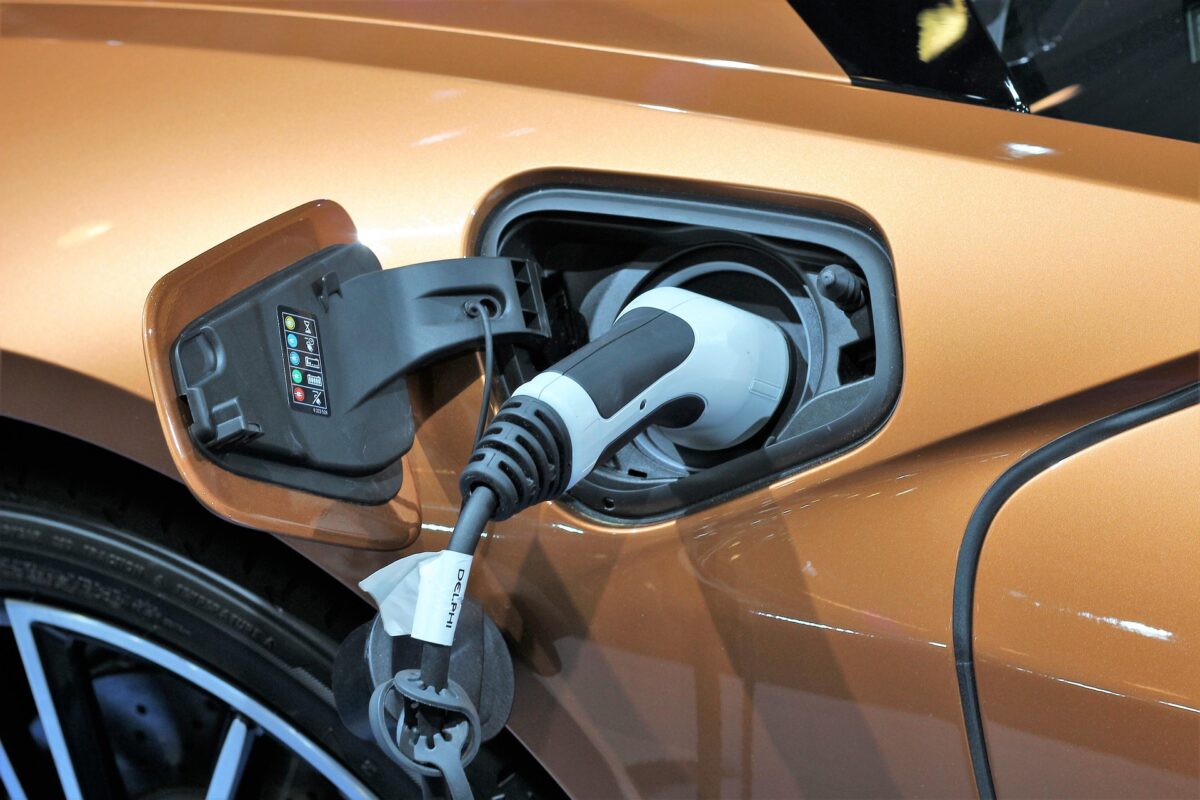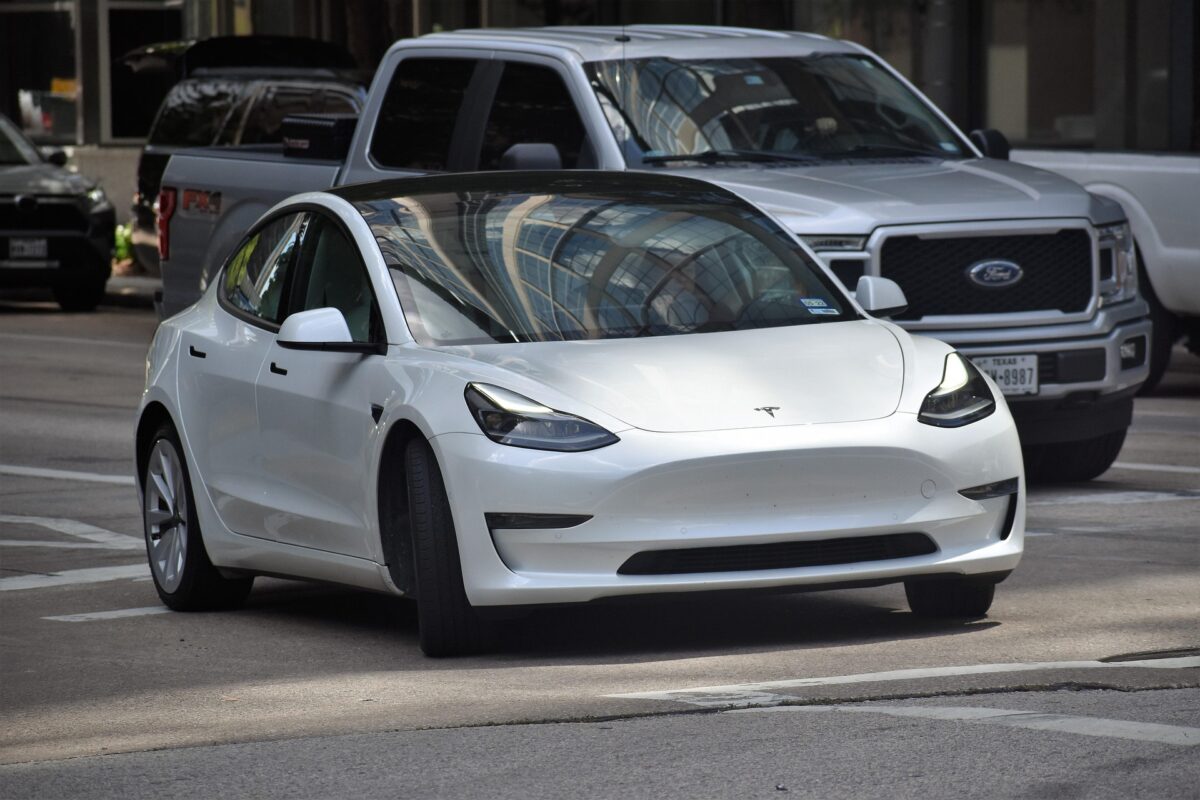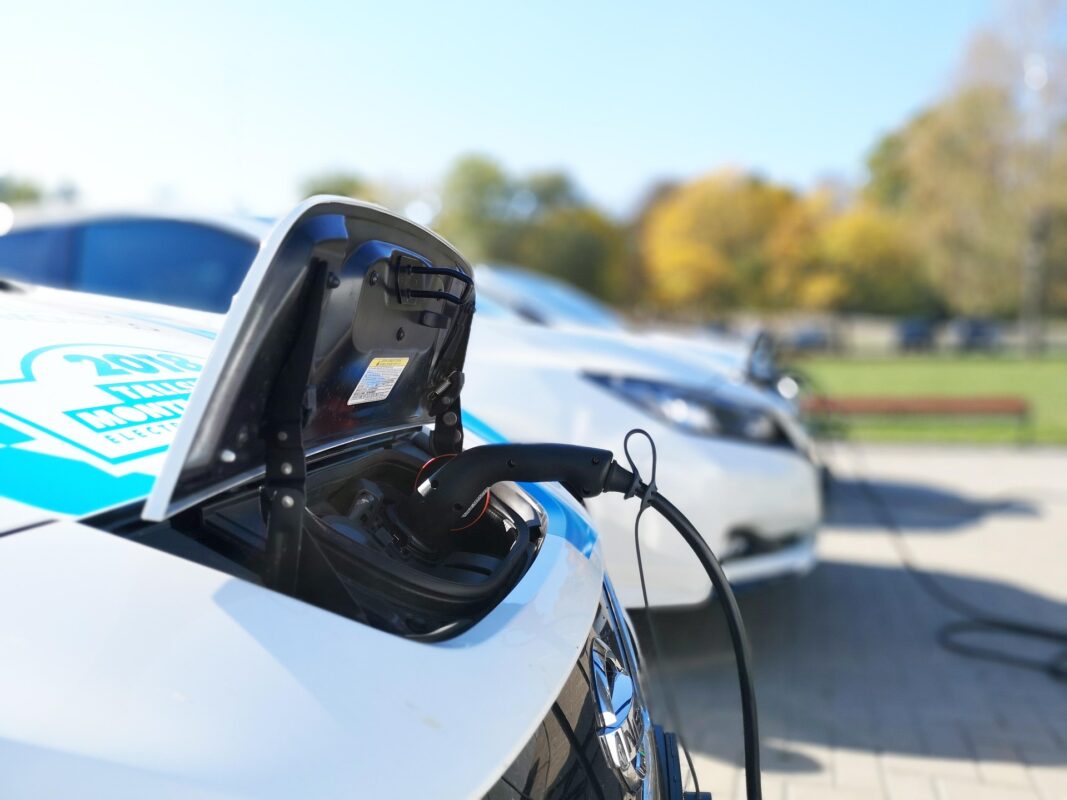
Blog
UK Extends Hybrid Car Sales Until 2035 Amid Climate

In a significant shift in its climate strategy, the UK government has announced that hybrid vehicles will be allowed to be sold until 2035. This decision marks a notable revision of the previous target set by the Labour government, which aimed to ban the sale of new gasoline and diesel cars by 2030. The extension is seen as a balancing act between the country’s environmental goals and the economic pressures stemming from recent global trade tensions—particularly with the United States.
A Recalibration of Climate Policy
Originally, the UK had taken an aggressive stance in the global effort to combat climate change, positioning itself as a leader in the transition to zero-emission vehicles. Under the Labour Party’s earlier declaration, the sale of internal combustion engine (ICE) vehicles—including hybrids—was to be prohibited by 2030. The aim was to push automakers and consumers toward electric vehicles (EVs) and other environmentally friendly alternatives. The latest announcement also reveals that hybrid vehicles, including popular models produced by Toyota and Nissan, will be allowed to be sold until 2035.

Trade Tensions with the U.S. Influence Policy
Beyond domestic environmental considerations, global trade dynamics—especially with the United States—are influencing the UK’s automotive policies. The Trump administration recently implemented additional tariffs on imported vehicles and auto parts, a decision that has created uncertainty and challenges for automakers worldwide. In response to these measures, Jaguar Land Rover announced it would halt exports to the U.S. this month, citing increased costs and supply chain disruptions.
The UK’s revised policy can be interpreted as an attempt to buffer its domestic auto industry from the ripple effects of such international trade tensions. By extending the hybrid vehicle deadline, the government offers automakers more flexibility in navigating both climate regulations and shifting trade conditions.

Overview of U.S. Tariffs on Automobiles
Let’s take a look at what it was like before this. As of 2024, the U.S. imposes a range of tariffs on vehicle imports. Passenger cars imported from most countries are subject to a 2.5% tariff, while trucks face a significantly higher rate of 25%. These tariffs were originally established under Section 301 of the Trade Act and other related legislation aimed at protecting U.S. manufacturers.
Under the Trump administration, there were repeated threats to increase these tariffs further, especially against the EU, Japan, and South Korea, citing national security concerns. In 2019, the total number of new vehicles sold in the United States reached approximately 17.05 million units. Among these, cars imported from Japan accounted for around 5 million units, those from the European Union for about 7 million, and vehicles from South Korea added another 1.5 million. Combined, these imports totaled roughly 13.5 million vehicles.
This means that imported cars from these three regions alone made up an estimated 79% of all new car sales in the U.S. market that year. These figures highlight just how crucial international automakers—especially those from Japan, the EU, and South Korea—are to the American automotive landscape. These numbers clearly show just how significant the impact would be.

The Future of EV Mandates
The UK government’s new plan not only extends hybrid sales but also adjusts its mandate on electric vehicles. Previously, automakers were required to meet strict quotas for selling zero-emission vehicles. In fact, automakers in the UK were required to ensure that at least 22% of the vehicles they sold in 2024 were zero-emission vehicles (ZEVs), such as electric cars. This quota was set to increase each year, aiming for 100% ZEV sales by 2035. The updated approach will relax these requirements, giving companies more time to expand EV infrastructure, supply chains, and consumer support mechanisms.
This change reflects the reality that while EV technology is advancing, it still faces barriers such as limited charging infrastructure, high vehicle costs, and battery supply constraints. The government’s more flexible stance aims to address these challenges while still encouraging the gradual adoption of cleaner transportation options.

Outlook for the Future
Some of you might be wondering, “Even if the sales period for hybrid vehicles is extended, isn’t it likely that the U.S. will shift back toward EVs once Trump leaves office? Are policymakers truly prepared for that possibility?” These questions are on the minds of many professionals across the automotive and environmental sectors. In response, there are two main perspectives shaping current policy decisions:
- Stability of the Industry and Job Protection
In today’s rapidly changing policy landscape, a sudden and aggressive transition toward electric vehicles (EVs) presents serious risks, especially for automakers and parts suppliers who rely heavily on internal combustion engine technologies. Under the Trump administration, there has been a strong emphasis on preserving traditional automotive technologies—including gasoline and hybrid vehicles—and the jobs connected to them. This concern for economic stability and employment has been a key factor behind the decision to extend the sales window for hybrid vehicles. - Hybrid Extension as a Political “Insurance Policy”
Another important perspective is the recognition that environmental policies can shift dramatically with a change in administration. To prepare for such swings, especially the possibility of returning to stricter EV mandates under a future government, policymakers in the UK and elsewhere are intentionally building flexibility into their strategies. Extending hybrid vehicle sales allows them to align with the current administration’s priorities while maintaining a safeguard in case future leadership reintroduces stronger climate policies. In essence, this move serves as a political hedge—balancing short-term compliance with long-term adaptability.

Conclusion
The UK’s decision to extend the sale of hybrid cars until 2035 reflects the complex relationship between environmental policy, industrial strategy, and international trade. While the country remains committed to achieving net-zero emissions, the path to this goal must account for both domestic capabilities and global realities. Additionally, we must reconsider the impact on climate change. This extension, along with President Donald Trump’s policies, means that the number of vehicles emitting greenhouse gases will continue to rise through production and use. As a result, it is crucial to find ways to offset these emissions. We are creating a system that makes it easier for everyone to contribute to climate action through carbon credits. Let’s take action together!
